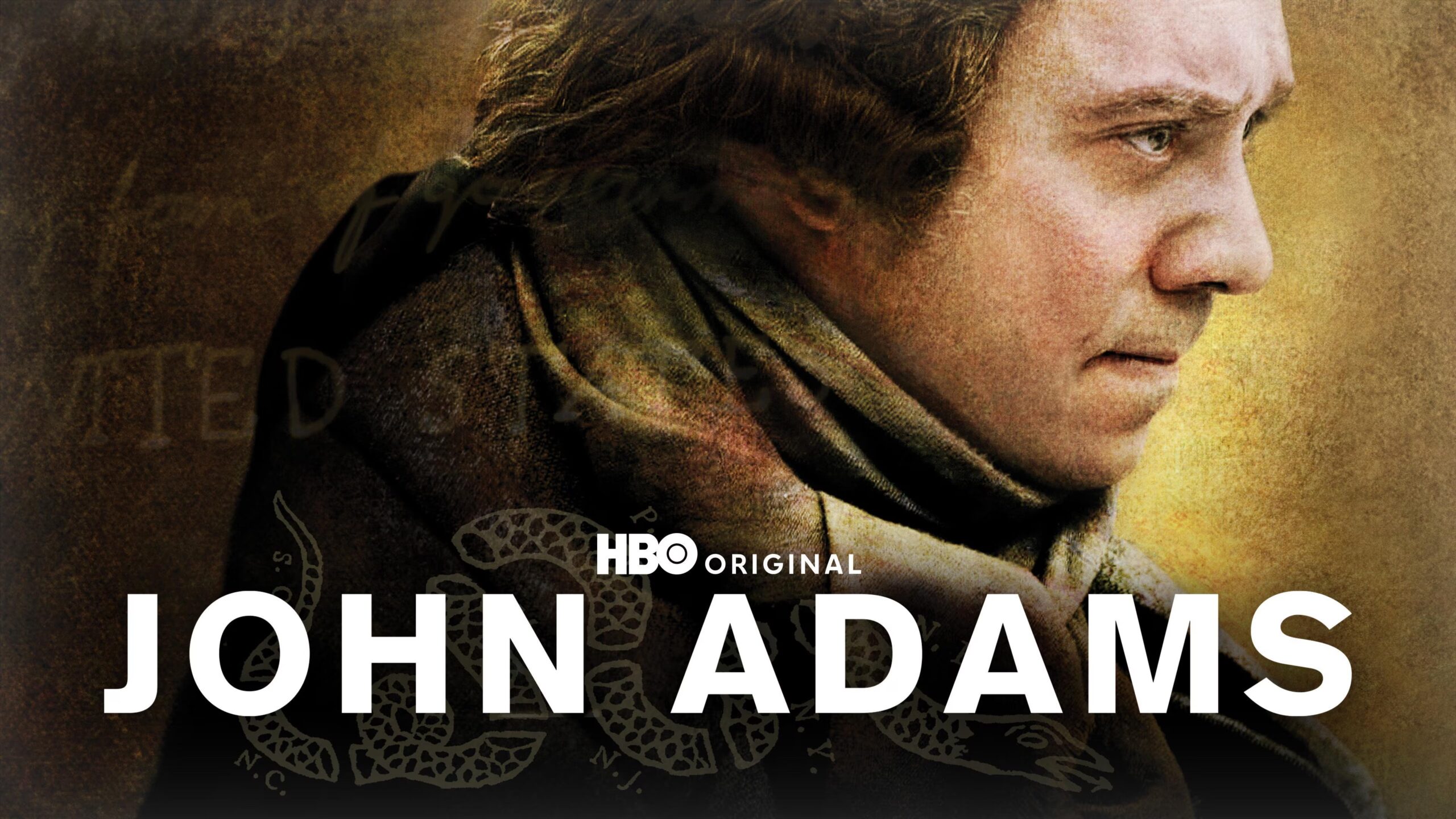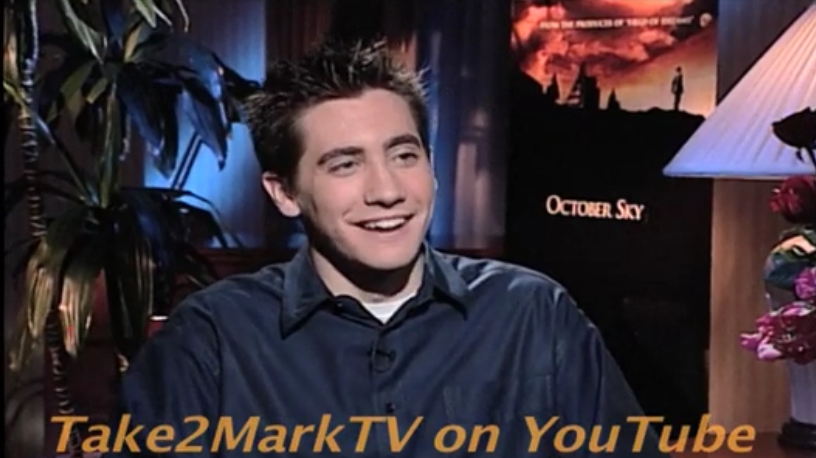
Featured Television Blog of the Month: John Adams (2008)

The HBO miniseries John Adams (2008) offers a vivid portrayal of one of the most dynamic and complex political relationships in American history: the rivalry between John Adams and Thomas Jefferson. The power struggle between these two founding fathers is at the heart of the miniseries’ portrayal of early American politics, and it provides a fascinating lens through which to examine not only the individuals themselves but also the nascent political landscape they helped shape.





In both real life and in the miniseries, Adams and Jefferson represented two different visions for the future of the United States—visions that often clashed, creating a tension that reverberated throughout their careers. This blog post will break down the power dynamics between Adams and Jefferson, looking at how their political differences played out in reality and were translated onto the screen.

The Political Ideologies: A Divided America

At the core of the Adams-Jefferson conflict were their divergent views on government, democracy, and the role of the federal government.

John Adams
Adams was a staunch Federalist, believing in a strong central government to preserve order and stability. Adams feared the excesses of popular democracy and was deeply concerned about the chaos that might arise from giving too much power to the masses. In the HBO miniseries, his often combative and principled nature is on full display. Paul Giamatti’s portrayal of Adams shows him as someone who, though deeply dedicated to the cause of liberty, believes that the new nation needs strong leadership and centralized control to survive its infancy. His experience as a lawyer, diplomat, and president gave him a keen sense of the complexities involved in governing a fledgling nation.










Thomas Jefferson
Jefferson, on the other hand, was a champion of agrarianism and states’ rights. He believed in the wisdom of the common man and advocated for a limited federal government that would leave most power in the hands of individual states. The miniseries shows Jefferson (played by Stephen Dillane) as a more reflective and idealistic figure, whose philosophy was rooted in the belief that the new nation should be governed by the principles of republicanism—more specifically, the idea that the people should govern themselves with minimal interference from a central authority.






Their political ideologies could not have been more different, and this ideological divide defined their relationship, both on screen and in history.



The Personal Rivalry: Adams vs. Jefferson

While their political ideologies were fundamentally at odds, what truly fueled the power struggle between Adams and Jefferson was their deeply personal rivalry. The miniseries paints this tension vividly, particularly in the moments following their respective terms in office.


The most dramatic moments of the miniseries occur in the aftermath of Adams’s presidency. In the real world, the election of 1800 marked the apex of the Adams-Jefferson conflict. Adams, having served as the second president of the United States, found himself in direct opposition to Jefferson, who was elected president in that same contest. Adams’s loss in 1800, compounded by the highly personal nature of the campaign, created a rupture that would last for years.

In the HBO miniseries, this tension is palpable. Adams’s pride and his sense of personal betrayal after the election are portrayed with sharp intensity. Giamatti’s performance as Adams conveys a man who feels that his contributions to the country have been underappreciated and overshadowed by Jefferson’s more popular appeal. Jefferson’s victory was not just political—it felt like a repudiation of Adams’s vision for the country.


![Thomas Jefferson (April 13 [O.S. April 2], 1743 – July 4, 1826) was an American Founding Father and the third president of the United States from 1801 to 1809.[6] He was the primary author of the Declaration of Independence. Jefferson was the nation's first U.S. secretary of state under George Washington and then the nation's second vice president under John Adams. Jefferson was a leading proponent of democracy, republicanism, and natural rights, and he produced formative documents and decisions at the state, national, and international levels. Jefferson was born into the Colony of Virginia's planter class, dependent on slave labor. During the American Revolution, Jefferson represented Virginia in the Second Continental Congress, which unanimously adopted the Declaration of Independence. Jefferson's advocacy for individual rights, including freedom of thought, speech, and religion, helped shape the ideological foundations of the revolution and inspired the Thirteen Colonies in their revolutionary fight for independence, which culminated in the establishment of the United States as a free and sovereign nation.[7][8] Jefferson served as the second governor of revolutionary Virginia from 1779 to 1781. In 1785, Congress appointed Jefferson U.S. minister to France, where he served from 1785 to 1789. President Washington then appointed Jefferson the nation's first secretary of state, where he served from 1790 to 1793. In 1792, Jefferson and political ally James Madison organized the Democratic-Republican Party to oppose the Federalist Party during the formation of the nation's First Party System. Jefferson and Federalist John Adams became both personal friends and political rivals. In the 1796 U.S. presidential election between the two, Jefferson came in second, which made him Adams' vice president under the electoral laws of the time. Four years later, in the 1800 presidential election, Jefferson again challenged Adams and won the presidency. In 1804, Jefferson was reelected overwhelmingly to a second term. Jefferson's presidency assertively defended the nation's shipping and trade interests against Barbary pirates and aggressive British trade policies, promoted a western expansionist policy with the Louisiana Purchase, which doubled the nation's geographic size, and reduced military forces and expenditures following successful negotiations with France. In his second presidential term, Jefferson was beset by difficulties at home, including the trial of his former vice president Aaron Burr. In 1807, Jefferson implemented the Embargo Act to defend the nation's industries from British threats to U.S. shipping, limit foreign trade, and stimulate the birth of the American manufacturing. Jefferson is ranked among the upper tier of U.S. presidents by both scholars and in public opinion. Presidential scholars and historians have praised Jefferson's advocacy of religious freedom and tolerance, his peaceful acquisition of the Louisiana Territory from France, and his leadership in supporting the Lewis and Clark Expedition. They acknowledge his lifelong ownership of large numbers of slaves, but offer varying interpretations of his views on and relationship with slavery.](https://i0.wp.com/moviestohistory.com/wp-content/uploads/2025/04/Thomas-Jefferson-.webp?resize=525%2C295&ssl=1)
The Letters: A Reconciliation of Ideas

While the miniseries focuses on the more dramatic moments of their rivalry, it leaves out one of the most poignant chapters in the relationship between Adams and Jefferson—their eventual reconciliation. After years of estrangement, the two men began to correspond through letters in the early 1810s. These letters, which continued until their deaths in 1826, provide insight into the complex feelings they harbored toward each other.

What is fascinating about this correspondence is how both men began to reflect on their pasts, their roles in the creation of the United States, and their ideological differences. The letters demonstrate that, despite their public rivalry, both Adams and Jefferson came to appreciate the other’s contributions to the nation. They debated politics, philosophy, and history, yet there was a mutual respect that slowly emerged. The HBO series touches on this in its later episodes, showing how Adams and Jefferson came to recognize their shared legacy.



In a powerful twist of fate, both men died on July 4, 1826, the 50th anniversary of the signing of the Declaration of Independence—a symbolic moment that underscores the deep connection they had to the founding of the United States.



Breaking Down the Power Dynamics on Screen

In translating the political rivalry between Adams and Jefferson to the screen, John Adams (2008) does a remarkable job of showing not just the public dimensions of their conflict, but also the private animosities and philosophical disagreements that shaped their actions.
The direction and writing of the miniseries highlight the emotional weight of this power struggle, from Adams’s internal conflict over the Alien and Sedition Acts to Jefferson’s skepticism about a strong central government. But it is the performances of Giamatti and Dillane that really bring the political struggle to life. Giamatti’s Adams is portrayed as a man driven by principle and a sense of duty, willing to endure personal sacrifice for the sake of the country. Dillane’s Jefferson, by contrast, is a more introspective figure, always considering the broader implications of his decisions.


Their onscreen interactions—whether in heated debates or moments of quiet reflection—capture the essence of their real-life rivalry, and the miniseries does an excellent job of showing how personal ambition and political ideology intersect in the lives of these towering figures.

The Legacy of Their Struggle

The rivalry between John Adams and Thomas Jefferson is one of the defining narratives of the American Revolution and the early years of the republic. It encapsulates the tensions between different visions of democracy, government, and power. Through John Adams (2008), we are able to revisit these struggles in a format that allows both historical accuracy and emotional depth.

While their political power struggle was intense, their eventual reconciliation offers a powerful message about the possibility for understanding and respect, even between the most bitter of political opponents. Today, we continue to feel the impact of the ideological divide that Adams and Jefferson embodied—just as we continue to study the way their relationship shaped the course of American history.

In the end, their rivalry, as portrayed in both history and in the miniseries, is not just about power—it’s about the struggle to define what America would become.

What do you think about the portrayal of Adams and Jefferson in the HBO miniseries? Let us know in the comments below or share your thoughts on social media using the hashtag #PoliticalStruggleAdamsJefferson.

John Adams is available now with a subscription to Max…




